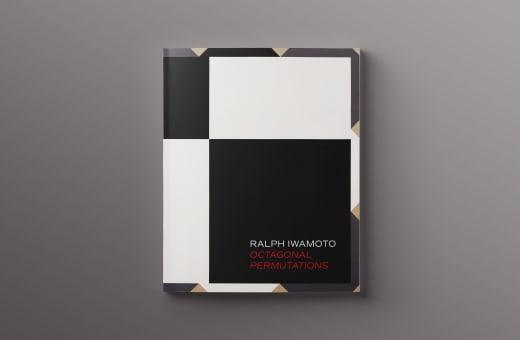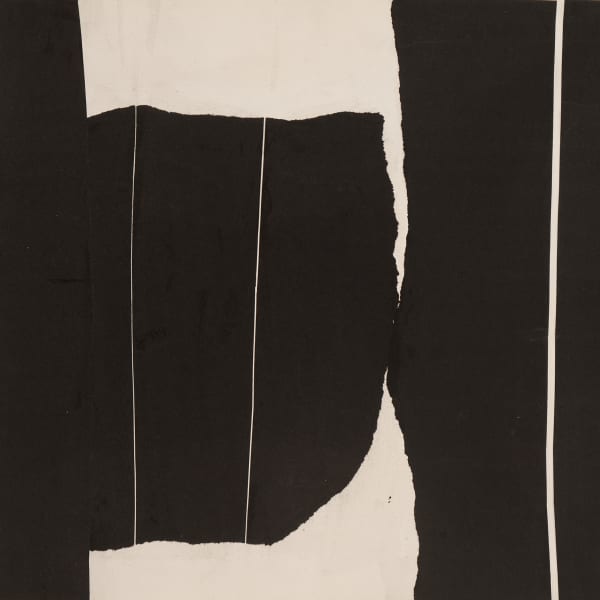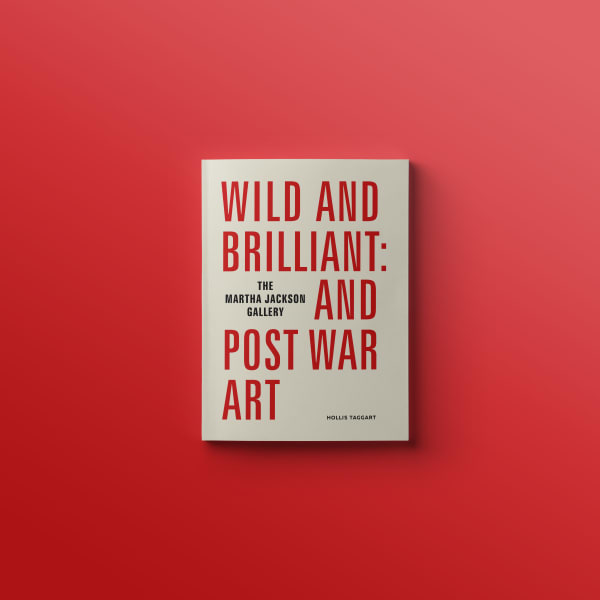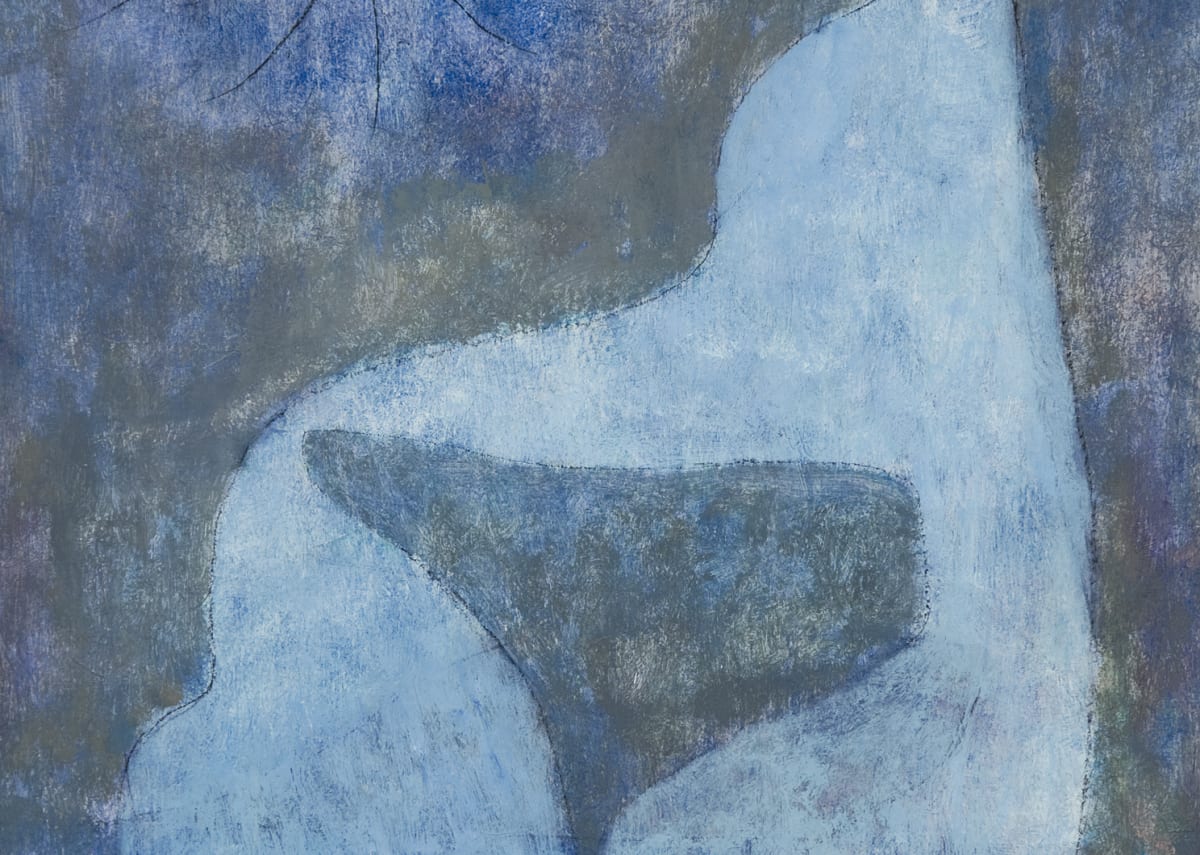
Tobey’s work is at the center of controversy over the mid-century origins of all-over composition, because Jackson Pollock debuted his methods around the same time.
Born in Centerville, Wisconsin, in 1890, Mark Tobey began his career in Chicago as an illustrator before moving to New York. He had his first solo exhibition of portrait drawings at Knoedler Gallery in 1917, before a period of artistic experimentation and world travel in the 1920s. Tobey accepted an invitation to teach in England in 1930 and remained there for eight years.
Born in Centerville, Wisconsin, in 1890, Mark Tobey began his career in Chicago as an illustrator before moving to New York. He had his first solo exhibition of portrait drawings at Knoedler Gallery in 1917, before a period of artistic experimentation and world travel in the 1920s. Tobey accepted an invitation to teach in England in 1930 and remained there for eight years.
Around 1935 Tobey began experimenting with a new technique, which he described as “white writing” when it debuted at his 1944 solo exhibition at Willard Gallery, New York. Networks of thin, repetitive brushstrokes, these abstract compositions establish balance between opposing forces—line and space, movement and serenity—and reveal the artist’s understanding of Zen principles and of Asian art.
Tobey’s work is at the center of controversy over the mid-century origins of all-over composition, because Jackson Pollock debuted his methods around the same time. In fact, Tobey’s Willard Gallery exhibition predated Pollock’s display of his own all-over paintings. Tobey’s and Pollock’s techniques originated in distinct processes: Pollock's action painting derived from full-body engagement with the canvas, while Tobey’s white writing resulted from the artist’s meditative exploration of space and optical rhythm.
After relocating to Seattle in 1938, Tobey continued to develop his white writing technique through the 1940s while experimenting with other styles. From the late 1940s to the early 1950s, Tobey maintained a painterly style influenced by calligraphy, although his palette assumed a darker, more somber tone. White writing re-emerged in the mid-1950s.
In 1960 Tobey moved to Basel, Switzerland, where he lived until his death in 1976. Previously associated with work on an intimate scale, he began producing monumental canvases in the 1960s.


















